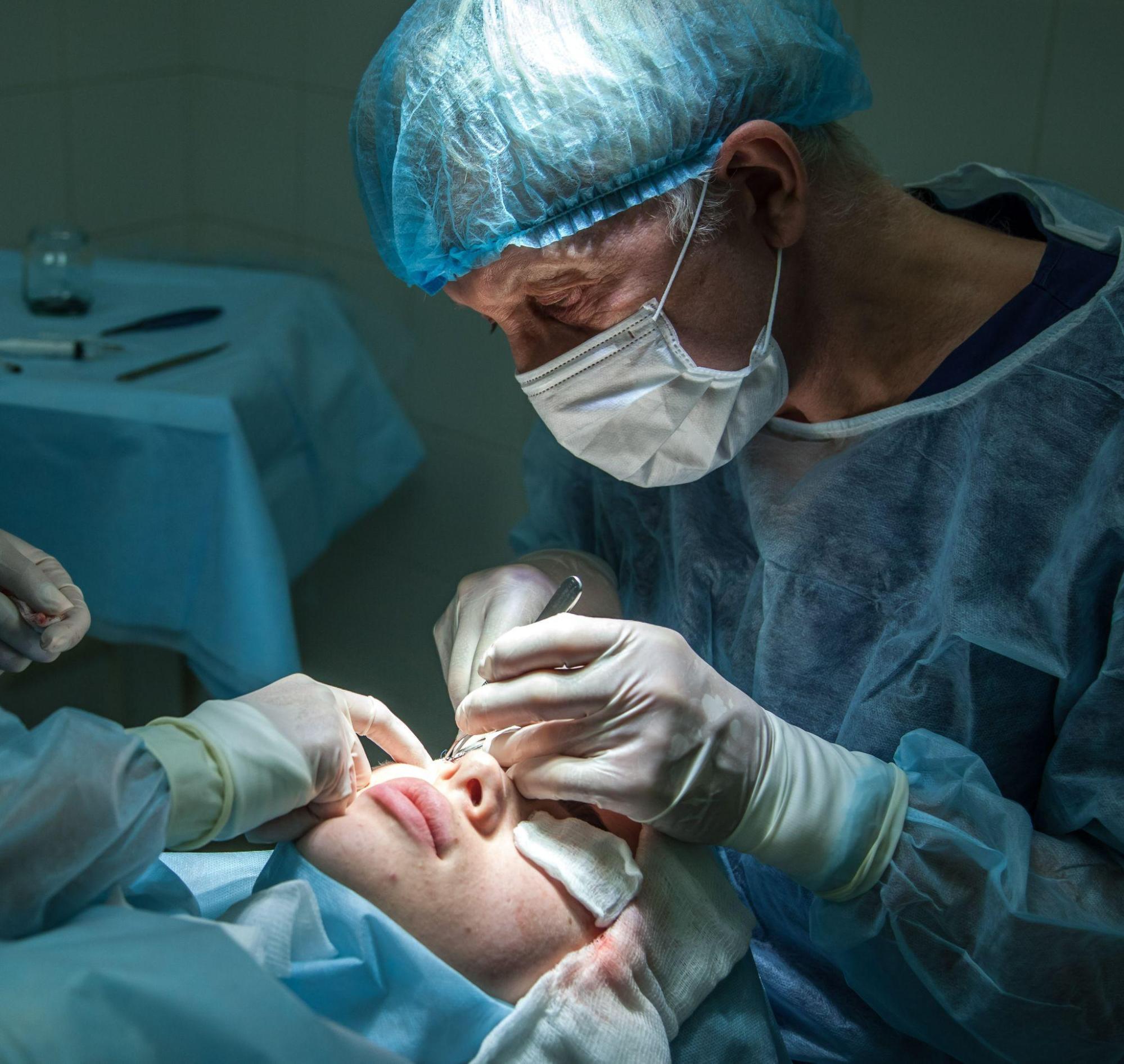Things about Adult & Paediatric Eye Surgery
Table of ContentsSome Known Facts About Paediatric Ophthalmology.Top Guidelines Of Comprehensive OphthalmologyFascination About Emergency Eye ProblemsThe Facts About Eye Checks Revealed
Eye doctors are medical doctors that specialize in the medical diagnosis and also therapy of eye as well as vision problems. These 3 kinds of eye treatment professionals have rather similar-sounding names and also overlapping work summaries.They can not give eye examinations, create prescriptions, or detect or treat eye problems. can analyze your eyes, examination your vision, prescribe glasses or get in touches with, and detect and deal with many eye problems and illness. They are not clinical doctors or specialists yet can suggest specific eye-related medications (http://ideate.xsead.cmu.edu/discussion/introduction-to-media-synthesis-and-analysis/topics/dr-caroline-catt). Give eye tests, vision testing, and also prescriptions for glasses or contact lenses.

Eye doctors identify and also deal with injuries, infections, conditions, and disorders of the eye. Therapies can include medicine taken by mouth (by mouth) or topically (in the eye), surgery, cryotherapy (freeze treatment), and chemotherapy (chemical treatment). Eye doctors participate in medical institution then get several years of specialty training in the medical and surgical treatment of the eye.
What Does Eye Exam Mean?
As they are the only doctor that can treat all eye disorders, eye doctors see a wide array of eye problems, consisting of: How usually should you have an eye test? What are signs that indicate you may have an eye trouble that requires to be checked by an ophthalmologist? The American Academy of Ophthalmology recommends: As kids's eyes are expanding and also altering rapidly, they should get a vision testing.
Adults who have healthy and balanced eyes as well as exceptional vision need to have four comprehensive eye exams: one in their 20s, two in their 30s, and also one at age 40. These check-ups might permit the eye doctor to catch an eye condition or vision modifications beforehand. By the time you observe symptoms, you might currently have some vision loss (ADULT STRABISMUS).

People that are at a higher threat of eye condition might need to obtain an eye exam regularly. This can consist of people with diabetes, hypertension, or a household background of eye issues - COMPREHENSIVE OPHTHALMOLOGY. After age 65, your eyes must be checked each to two years. No matter age, individuals that use get in touches with ought to have a complete eye test each year.
Your sight depends on seeing the appropriate eye doctor at the right time. When it's time to "get your eyes checked," make sure you are seeing the appropriate eye treatment expert for your needs.
The Best Strategy To Use For Paediatric Ophthalmology

is a medical or osteopathic physician who concentrates on eye and vision care. Eye doctors differ from optometrists as well as opticians in their levels of training and in what they can identify and also deal with (https://www.avitop.com/cs/members/drcrlinecatt.aspx). As a medical doctor that has actually finished university and a minimum of eight years of added clinical training, an eye doctor is accredited to exercise medication as well as surgery.
Many ophthalmologists are likewise associated with clinical study on the causes and remedies for eye diseases and vision problems. SUBSPECIALISTS: ADDED EXPERTISE AND TRAINING FOR CERTAIN EYE NEEDS While ophthalmologists are educated to look after all eye issues and conditions, some Eye M.D.s focus on a certain area of clinical or medical eye treatment.
She or he typically finishes a couple of years of added, extra in-depth training called a fellowship in among the main subspecialty locations such as glaucoma, retina, cornea, pediatrics, neurology and plastic surgical treatment, in addition to others. This added training as well as knowledge prepares an eye doctor deal with more complicated or particular problems in specific areas of the eye or in specific groups of individuals.
An eye doctor is not a clinical physician. An optometrist obtains a physician of optometry (OD) degree after completing 4 years of optometry school, preceded by 3 years or more years of university. They are certified to practice optometry, which mostly entails doing eye examinations as well as vision tests, suggesting and giving restorative lenses, finding particular eye problems, as well as recommending medicines for particular eye diseases.
Comprehensive Ophthalmology Fundamentals Explained
They make use of prescriptions supplied by ophthalmologists or eye doctors, but do not evaluate vision or compose prescriptions for aesthetic modification. Lens are not permitted to diagnose or deal with eye illness. We all rely on our vision in even more manner ins which we may realize. Without healthy and balanced vision, our capacity to work, play, drive and even acknowledge a face can be drastically affected.
Having a family participant with eye illness can make you a lot more prone to having that problem. Sight-stealing eye illness can show up at any moment. Really usually they are undetectable initially and also are tough to spot. That's why it is so crucial to see an ophthalmologist for a complete medical see eye exam by age 40, and also after that as usually as prescribed by your Eye M.D.
If you have any one of these, make sure to visit an eye doctor. A full, medical eye test by an Eye M.D. might be the very first step towards conserving your view. Protruding of one or both eyes; Dark drape or veil that obstructs your vision; Lowered vision, also if momentary; Diabetic issues mellitus; Altered vision; Double vision; Excess tearing; Eyelid irregularities; Household background of eye illness; Halos (tinted circles around lights); Hypertension; HIV or AIDS; Injury to the eye; Loss of peripheral (side) vision; Misaligned eyes; New advances (black "strings" or flecks in the vision) and/or flashes of light; Pain in the eye; Thyroid disease-related eye issues (Tomb' condition); Unusual red eye.